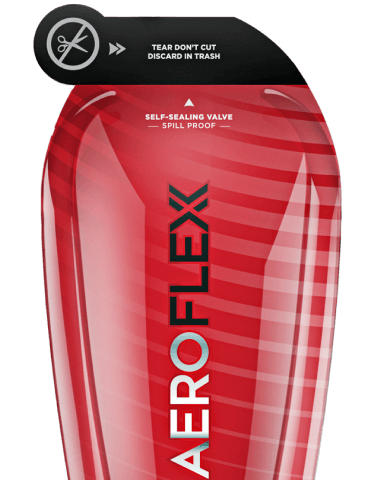Summary
In response to the rising threat of counterfeiting, manufacturers must implement a multilayered packaging authentication strategy utilizing overt, semiovert, and covert security features. Overt methods, like holograms and tamper-evident seals, are easily visible to the consumer, while semiovert features, such as color-shifting inks and polarized images, require minimal tools for verification. The highest level of security comes from covert features, including microtext, digital watermarks, and taggants, which are invisible to the naked eye and require specialized technology to verify a package's authenticity and protect consumer safety.
With the rise in counterfeiting, the packaging industry faces the challenge of fending off the efforts of counterfeiters. Counterfeit items not only damage brand identity and trust, but they also pose real dangers to consumers. Defective car parts, cosmetics with unknown ingredients, and faulty electronics can all cause real harm to consumers.
To tackle this issue, manufacturers should implement a number of security features in their packaging’s design to enhance packaging authentication processes and limit or eliminate potential losses from counterfeiting. While some are obvious to the user, others are more covert to provide enhanced security against criminals.
1. Overt Security Features
Overt strategies in packaging authentication are easily recognizable methods used to verify the authenticity and integrity of packaging. These features are typically visible to the consumer or end user.
Some of the most popular methods, which can be visually inspected without special tools to ensure the product is genuine and hasn’t been tampered with, are:
Holograms
Holograms are visible deterrents that provide a strong barrier to imitation. Although holographic technologies are advanced, counterfeiters are becoming increasingly skilled at designing fabricated holograms.
Tamper-Evident Seals
Tamper-evident seals can reveal instances of tampering, such as if someone has opened or altered a package. These include tape seals, shrink bands, induction seals, and security labels with special adhesives.
Although these seals are helpful for revealing tampering, they aren’t as effective as tamperproof seals, which can prohibit tampering from happening in the first place.
QR Codes
QR codes can be made unique to each package to help distinguish a legitimate seal from a counterfeit. With unique codes, manufacturers can detect if a code has been copied.
However, much like holograms, counterfeiters can easily replicate QR codes. Therefore, they are a less effective strategy in the packaging authentication process.
2. Semiovert Security Features
Semiovert strategies in packaging authentication involve methods that aren’t immediately obvious but can be easily identified with minimal tools or specific knowledge. These features are designed to be more secure than overt methods but can still be verified without advanced equipment.
These features include:
Color-Shifting Inks
Thermochromic inks, fluorescent inks, coin reactive inks, and other color-shifting inks change colors in response to temperature changes, exposure to UV light, interaction with metallic objects, or other tactics counterfeiters commonly use.
Polarized Images
Polarized images use polarized technology to enhance the quality of images obtained with birefringent materials. By using polarized lenses, inspectors can detect if a polarized image on the surface of a package has been damaged or tampered with.
3. Covert Security Features
Covert methods in packaging authentication provide the highest level of security because they aren’t easily detectable. Each feature requires specialized technology to verify the authenticity and integrity of a package, thereby preventing counterfeiting and tampering.
These features include:
Microtext
Microtext uses microscopic text to create words, phrases, or patterns that are only visible using magnification, microscanner, or laser marking. Microtext is hidden in specific areas of the package that only the producer knows.
Digital Watermarks
In addition to helping with trackability and recycling, digital watermarks can enhance security by embedding codes and information into the design of the packaging. Digital watermarks aren’t visible to the human eye and can only be read with specialized scanners or cameras.
Taggants
Similar to microtext and digital watermarks, taggants use materials that are uniquely encoded, making them nearly impossible to replicate. Taggants can be detected using specialized detectors and, depending on the chemical makeup of the taggants, microscopes or UV light detectors.
Strengthen Your Authentication Process with AeroFlexx
At AeroFlexx, we understand the importance of safeguarding your customers and brand identity. That's why we have embedded anti-counterfeiting technology into our design with a variety of anti-counterfeit qualities such as digital watermarking and tamper-proof features to ensure authenticity and full security for the life of the product inside.
Consumers need to know they’re safe when using your product, but anti-counterfeit measures are just one feature that attracts customers. Learn about the psychological features you can use to gain a new audience by reading our e-book, The Psychology of Packaging.







